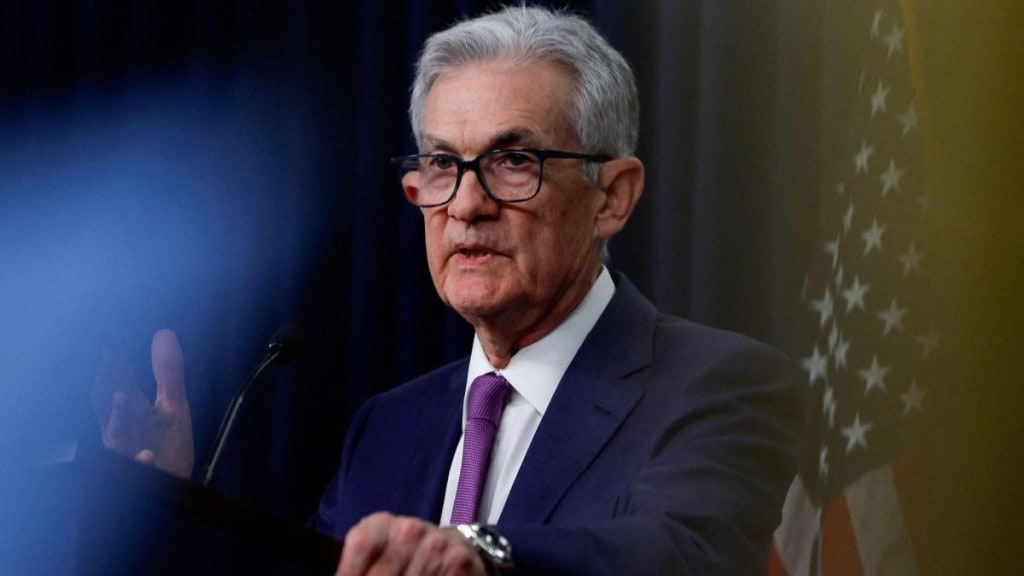The US Federal Reserve’s 25 basis point (bps) cut in the overnight funds rate—the first in nine months—was widely anticipated and priced in by the markets. The cut signalled the Fed’s intention to support the deteriorating labour markets and a willingness to look through modest breaches in the inflation target. The action suggests a focus on risk management amidst a deceleration in economic growth in the first half of the year and efforts to keep employment levels stable. What central bankers across the global will watch closely, over the next few months, are the trends in the US labour market and the US economy because any meaningful slowdown would impact global growth and trade. The Fed’s commentary was dovish with two additional rate cuts signalled for CY2025.
Global signals vs. India’s policy autonomy
From India’s perspective, there are no real cues here for the Reserve Bank of India (RBI) which has already cut the repo by 100 bps. Even otherwise, rate cycles between developed and developing economies are not so much in sync these days. While the US dollar strengthened after the Fed’s rate cut announcement, in general the greenback has been depreciating. The weakening dollar has, in fact, allowed both the RBI and other emerging market (EM) central banks to focus less on their currencies and enjoy policy flexibility on rates. Had the dollar appreciated, the EM central bankers may have needed to act in some manner. The rupee’s fairly sharp fall on Thursday of 31 paise against the dollar to 88.1275 should be seen against the backdrop of selling by foreign portfolio investors (FPIs) and sluggish net foreign direct investment. With little support, the Indian currency has depreciated by about 3% over the past three months. There is also some concern that US tariffs would impact India’s exports to that country. The good news is that crude oil prices remain benign.
Why Indian markets remain cautious
US treasuries rallied after the Fed’s announcement with yields briefly slipping below the 4% mark, but reversed their gains leaving the yields higher at around 4.09%. For India’s fixed income markets, the domestic factors are more relevant though the Fed’s move provides marginal support. Since it could take a while to evaluate the potential impact of tariffs, the goods and services (GST) tax rate cuts and the income tax cuts, rate cuts may be deferred until December. Despite a 100 bps rate cut by the RBI, bonds continue to sell off leaving yields elevated; the benchmark yield closed at 6.51 on Thursday, up 4 bps. While local banks have slowed down their bond purchases, and anticipated that the rate cutting cycle is close to ending, FPI appetite has been lukewarm after the index inclusion last year.
The equity markets are rejoicing as they anticipate fresh foreign flows following an increased allocation to EM funds. However, while India’s valuation premium has certainly narrowed vis-à-vis countries such as China, FPIs are waiting for companies to report better earnings growth. The savings from income tax cuts and the GST rate cuts are expected to boost consumption, but the question is whether demand will sustain beyond the festive season. The uncertainty over US tariffs is also weighing on the sentiment but a speedy and favourable resolution should spur buying by foreign funds as it would mean jobs being saved. The big trigger for FPIs, though, would be the additional rate cuts by the Fed.

